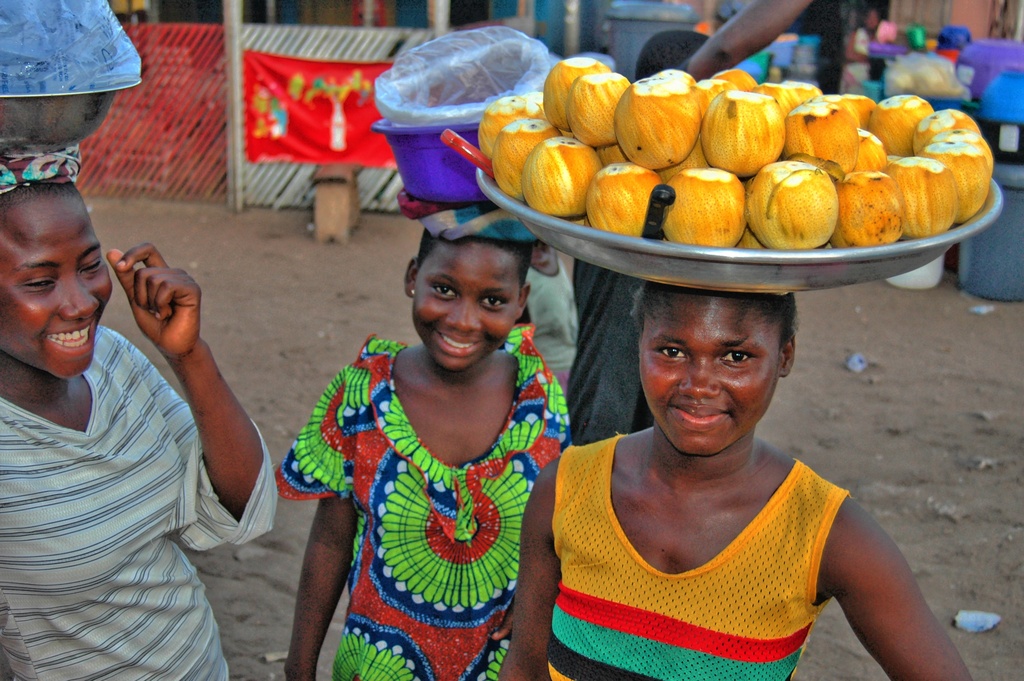Diogo Cão
Diogo Cão: The Portuguese Explorer Who Opened the Congo to Europe
In the great Age of Discovery, when European explorers ventured into uncharted waters and reshaped the world’s geography, Diogo Cão stands out as a pioneering figure. As the first European to navigate the Congo River and explore the coast of West-Central Africa in the 1480s, Cão’s voyages helped to unlock the African interior for future contact, trade, and colonization. His achievements were instrumental in extending Portuguese maritime dominance along the Atlantic coast of Africa and establishing early diplomatic and commercial ties with African kingdoms.
Early Life and Background
Very little is known about Diogo Cão’s early life. He was likely born in Portugal around 1450, during the reign of King Afonso V, at a time when Portuguese sailors were being encouraged to push ever farther along the coast of Africa in search of gold, spices, and a sea route to Asia.
Cão may have served as a mariner or navigator in earlier voyages under royal command, and by the early 1480s, he had become one of King João II’s most trusted explorers.
First Voyage: Reaching the Congo River (1482–1484)
In 1482, Diogo Cão was commissioned by King João II to explore the still-uncharted stretch of the African coastline south of modern-day Gabon. Setting sail from Portugal with a small fleet, he journeyed past the equator and reached the estuary of a vast river—the Zaire River, today known as the Congo River.
This was a momentous discovery: the Congo River is the second-largest river in Africa (after the Nile) by volume and a natural gateway into the African interior.
Cão sailed several kilometers upstream and made contact with the Kingdom of Kongo, a powerful and organized African state. He engaged in diplomacy and left behind padrões—stone pillars engraved with the Portuguese coat of arms and Latin inscriptions—to mark Portugal’s claim to the territory.
These stone markers were both symbolic and political, declaring Portuguese arrival and intention to return.
Second Voyage: Further Southward Exploration (1485–1486)
Encouraged by the success of the first journey, King João II sent Cão on a second expedition in 1485, with orders to explore even further down the West African coast.
Cão reached as far south as Cape Cross, in present-day Namibia, pushing Portuguese knowledge of the African coastline to new limits. Once again, he erected padrões to mark key locations and claims.
He continued efforts to establish contact with local rulers and expand Portugal’s influence along the coast through a combination of diplomacy, Christian missionary work, and trade.
However, unlike on his first voyage, Diogo Cão did not return home. He is believed to have died during or shortly after this second expedition, sometime around 1486, likely near the mouth of the Congo or along the Namibian coast.
Diplomatic and Cultural Impact
Cão’s expeditions were among the first to go beyond coastal reconnaissance and establish direct interaction with African kingdoms. His arrival at the Kingdom of Kongo initiated a relationship that would evolve over the coming decades into an alliance, involving trade, religious conversion, and cultural exchange.
The Kongolese elite would later adopt Christianity, and in the early 1500s, the Kingdom of Kongo sent ambassadors and royal children to be educated in Portugal—a direct outcome of the initial contact made by Cão.
Legacy
Although overshadowed in popular memory by later explorers like Bartolomeu Dias and Vasco da Gama, Diogo Cão’s voyages were foundational to Portugal’s West African ambitions. He:
Mapped and explored over 1,500 kilometers of coastline, from Gabon to Namibia.
Was the first European to discover and enter the Congo River.
Established the first diplomatic relations between Portugal and the Kingdom of Kongo.
Marked key points of discovery with stone pillars, some of which still survive today.
His efforts paved the way for subsequent voyages around the Cape of Good Hope and deeper penetration into African interior politics and trade networks.
Though he died young and did not live to see the full fruits of his work, Diogo Cão's legacy is deeply embedded in the story of European-African encounters and the early stages of empire.
In Summary:
Who: Diogo Cão (c. 1450–c. 1486), Portuguese navigator and explorer.
Notable Role: First European to reach and explore the Congo River; conducted major voyages along the West African coast in the 1480s.
Achievements: Established contact with the Kingdom of Kongo; extended Portuguese claims southward to present-day Namibia; left symbolic padrões to mark discoveries.
Legacy: A key figure in the Age of Discovery; his voyages opened central Africa to European trade, diplomacy, and later colonization.
Other websites - Not shown within our main site-map:
- Fort Teshie (Fort Augustaborg) - Teshie, Accra)
- Fort Komenda - 2 Forts at Komenda (Central Region, near Elmina and Cape Coast, Central Region)
- Forth Conraadsborg (Elmina, Central Region)
- Fort Ussher (Accra, Ussher Town)
- Fort Wiliam (Cape Coast, Central Region)
- Fort Victoria (Cape Coast, Central Region)
- Fort Batenstein (Butree, Western Region)
- Fort Patience (Central Region)
- Kwame Nkrumah Memorial Park and Museum (Accra)
- Yaa Asantewaah Museum (Ashanti Region)
- The W .E. B. Du Bois Centre for Pan African Culture (Accra)
- Volta Regional Museum, Ho (Volta Region)
- Kakum National Park (Central Region, near Cape Coast)
- Aburi & Aburi Botanical Gardens (Aburi, Eastern region)
- Kwame Nkrumah Mausoleum Nkroful (Western Region, Nkroful)
- Official website of Tetthe Quarshie Art market (Accra)
Search Ghana Flights Info

3 girls selling fruits and food at the road side. (c) Strictly by Remo Kurka (photography)